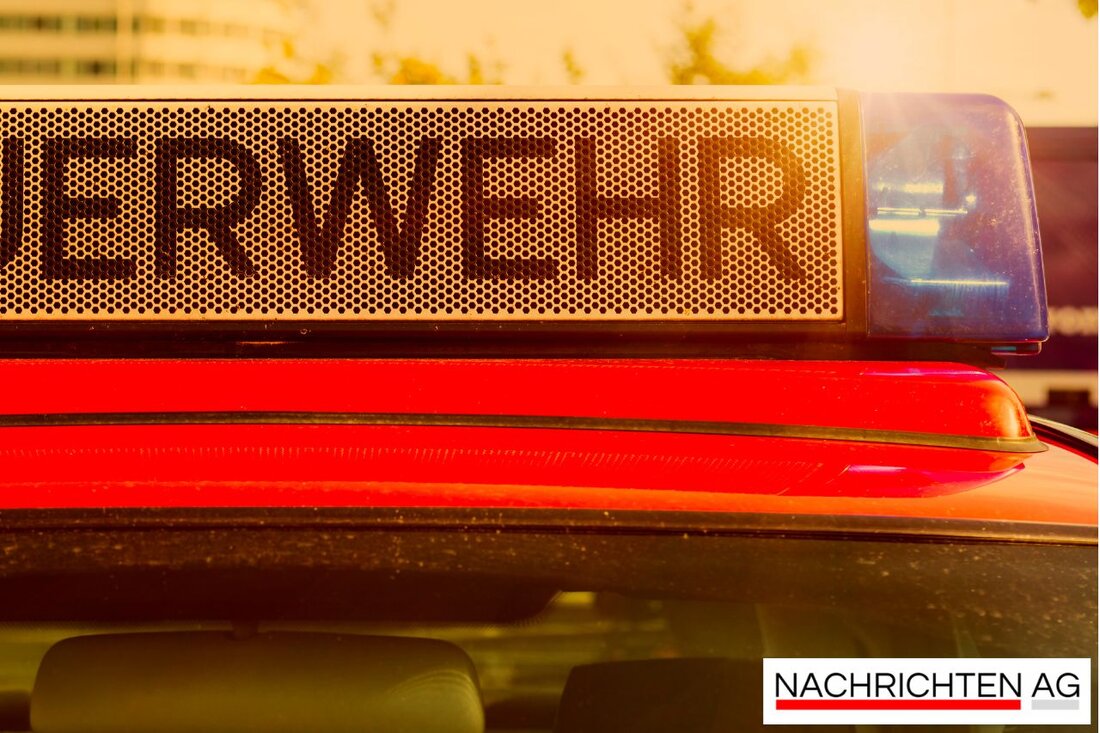Plauen 1989: Courageous citizens face the regime and change everything!
Find out how courageous people from Plauen initiated resistance against the GDR regime in 1989 and contributed to the change.

Plauen 1989: Courageous citizens face the regime and change everything!
On October 7, 1989, a fateful day in the history of the GDR, between 10,000 and 15,000 people gathered on the streets of Plauen to protest against the oppressive regime. It was the first major demonstration in the GDR and thus a sign of the beginning of change. This was particularly remarkable because many of the population had the courage to come forward despite the brutal repression of the authorities. Loud Coolis This was the largest demonstration in Plauen since the uprising in June 1953.
The mood in the city was tense. On the same day, the People's Police received orders to use force against the peaceful people. This was not an easy decision because the security forces had their own concerns. The head of the volunteer fire department, Gerold Knie, and the head of the professional fire department initially refused to carry out this order. Nevertheless, the police leadership took command and issued the operational order, which endangered the health safety of many citizens. The next day, Knie and four other firefighters wrote a protest letter to the city council denouncing the problem.
Uprisings and first steps towards freedom
October 7th was not the first expression of resistance in the region. As early as May 1989, election observers documented massive voter fraud in local elections. Dissatisfaction grew. On October 4th and 5th, trains carrying embassy refugees from Prague rolled through Plauen; the city was already tense and the train station was sealed off. These events made it clear that citizens no longer wanted to hold back their anger.
The Plauen New Forum, an organization that advocated for change in the GDR, was supposed to be founded on October 5th, but a peace service was held instead. Historical banners with demands such as “Freedom of Travel – Freedom of Expression – Freedom of the Press” adorned the demonstrations. However, the participants were not simply chased away. The police tried in vain to disperse the crowds with water cannons and a helicopter. The people stood firm and remained peaceful, although the state organs struggled to maintain control.
The legacy of Plauen
The protests that began in Plauen were groundbreaking for the entire GDR. Numerous other reports, such as this, also report this Wikipedia page that the city is considered a pioneer of change. From October 7, 1989 until the elections on March 18, 1990, demonstrations took place in Plauen every Saturday, in which people from the surrounding area also took part. Stasi headquarters and SED district offices were often passed through, which further increased the pressure on the government.
Traditionally revolutionary events in the GDR, such as the first Monday demonstration in Leipzig on September 4, 1989, were part of a larger resistance. Without these protests, the peaceful end of the regime in the GDR may not have been possible. While people in Leipzig and other cities called for reform and democratization, the demonstrators in Plauen were just as convinced that change was necessary. This was finally confirmed on November 9, 1989, the day the Berlin Wall fell.
The change was a collective work of courage by individuals who stood up for their beliefs. This legacy was honored with the erection of a reunification monument on October 7, 2010, and the memories of these important days live on. The peaceful revolution in Plauen remains an encouraging example of the courage to change and the unconditional belief in freedom, as well as the Federal Agency for Civic Education explained.

 Suche
Suche
 Mein Konto
Mein Konto